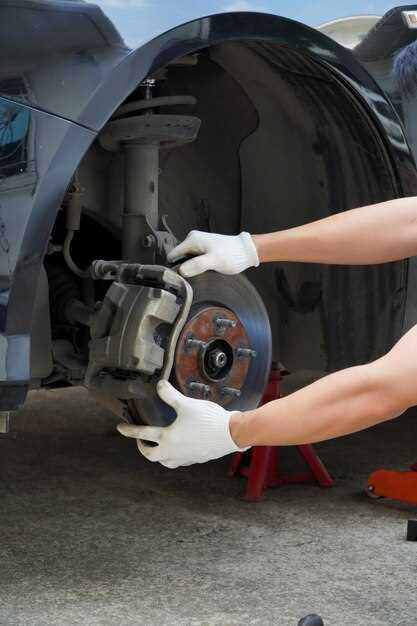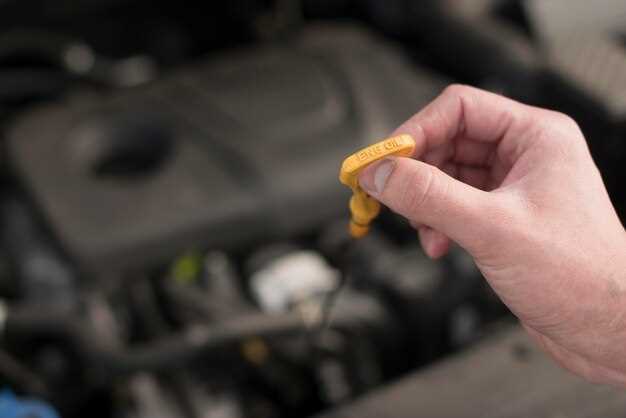
How to Bleed Your Car’s Brakes Safely
- Arthur Rodriquez
- 0
- Posted on

Proper brake maintenance is essential for any vehicle owner. One critical aspect of brake care is ensuring that the brake fluid is free from air bubbles and contaminants. Bleeding your brakes at home can seem daunting, but with the right knowledge and tools, it can be done safely and effectively.
The process of bleeding the brakes involves removing old brake fluid and replacing it with fresh fluid. This not only helps maintain the effectiveness of your braking system but also prolongs the life of the components involved. A well-maintained brake system ensures optimal performance, giving you the confidence to drive safely.
In this article, we’ll outline the safe steps to effectively bleed your car’s brakes at home. From gathering the necessary tools to ensuring the system is fully purged of air, we’ll walk you through everything you need to know for a successful brake fluid change. Whether you are a seasoned DIY enthusiast or a novice, these steps will help you achieve results with precision and safety in mind.
Gather Necessary Tools and Materials for Brake Bleeding
Before you begin the process of bleeding your car’s brakes, it is essential to gather all the necessary tools and materials to ensure a safe and efficient procedure. Proper preparation will help you avoid interruptions and complications during the brake bleeding process.
Firstly, you will need a wrench or socket set to remove the bleeder screws on the brake calipers or wheel cylinders. Make sure to select the right size to prevent stripping the screws. Additionally, an screwdriver may be required for certain vehicles to adjust specific components.
Next, have a brake fluid reservoir ready. It’s crucial to use the correct type of brake fluid specified in your vehicle’s owner’s manual–typically DOT 3, DOT 4, or DOT 5.1. Ensure you have extra fluid on hand to maintain appropriate levels during the bleeding process.
You will also need a clear plastic tubing that fits snugly over the bleeder screw. This will allow you to direct the expelled brake fluid into a container, minimizing mess and making it easier to see air bubbles being bled from the system.
A catch canister or any suitable container is essential for collecting used brake fluid and air. This helps prevent contamination and is an environmentally friendly practice.
Finally, consider having a helper available. Bleeding brakes can be a two-person job, as one person operates the brake pedal while the other manages the bleeder screws. If you’re working alone, a brake bleeder tool or vacuum pump can assist you in achieving efficient brake bleeding.
By gathering all these tools and materials in advance, you will streamline the brake bleeding process and can ensure that your vehicle’s brake system is functioning safely and effectively.
Follow Step-by-Step Procedure to Bleed Brake Lines

To ensure optimal performance of your vehicle’s braking system, proper bleeding of the brake lines is essential. This process removes air pockets and ensures the fluid is free of contamination. Follow these steps to effectively bleed your brake lines at home.
Step 1: Start by gathering the necessary tools: a brake bleeder kit or clear tubing, a wrench that fits the bleeder valves, a container for catching old fluid, and fresh brake fluid.
Step 2: Begin with the correct brake line. The standard order for bleeding is: rear passenger side, rear driver side, front passenger side, and then front driver side. This ensures all air is removed efficiently.
Step 3: Locate the bleeder valve on the brake caliper or wheel cylinder. Clean the area around the valve to prevent any dirt from entering the brake system when you open it.
Step 4: Attach the clear tubing to the bleeder valve and place the other end into your container. This setup allows you to see the fluid as it comes out.
Step 5: Slowly open the bleeder valve using the wrench. Have an assistant pump the brake pedal several times and hold it down. This action will push the fluid through the lines, expelling any trapped air.
Step 6: While the pedal is held down, close the bleeder valve to prevent air from re-entering the line. Ensure you tighten the valve securely after each bleed.
Step 7: Check the fluid level in the master cylinder periodically during the process. Add more fluid as necessary to avoid introducing more air into the system.
Step 8: Repeat the process for each brake line following the correct order. After finishing, ensure all bleeder valves are closed and the master cylinder is topped off with fresh fluid.
Step 9: Finally, test the brake pedal to ensure it feels firm. If it feels spongy, repeat the bleeding process as needed to ensure all air has been removed.
By following these steps, you can effectively bleed your car’s brake lines, ensuring a safe and reliable braking system.
Dispose of Old Brake Fluid and Maintain Brake System Safety

Proper disposal of old brake fluid is crucial for both environmental safety and your vehicle’s functionality. Brake fluid contains harmful chemicals that can contaminate water sources and soil if not disposed of correctly. It is essential to check with local regulations on hazardous waste disposal to find an appropriate facility for the disposal of old fluid.
When changing brake fluid, collect the used fluid in a sealed container to prevent spills and leaks. Do not pour it down the drain, on the ground, or in regular trash. Many auto parts stores and service centers offer recycling programs for used brake fluid, so take advantage of those options for responsible disposal.
Maintaining your brake system is vital for safety. Regularly check the brake fluid level and its condition, as contaminated or low fluid can lead to brake failure. Replace the fluid according to manufacturer recommendations or as needed. Keeping the brake system in optimal condition not only ensures your safety while driving but also prolongs the lifespan of brake components.
Conduct periodic inspections for any leaks in the brake lines or connections, as this can affect the overall function of the brake system. Additionally, be aware of any changes in brake performance, such as unusual noises or decreased responsiveness, and address them promptly to avoid compromising safety.
In summary, dispose of old brake fluid responsibly and maintain your brake system diligently to ensure effective braking performance and overall vehicle safety.